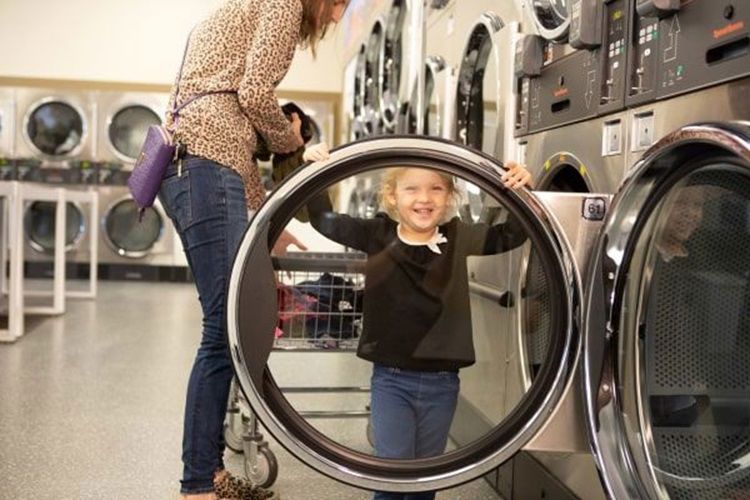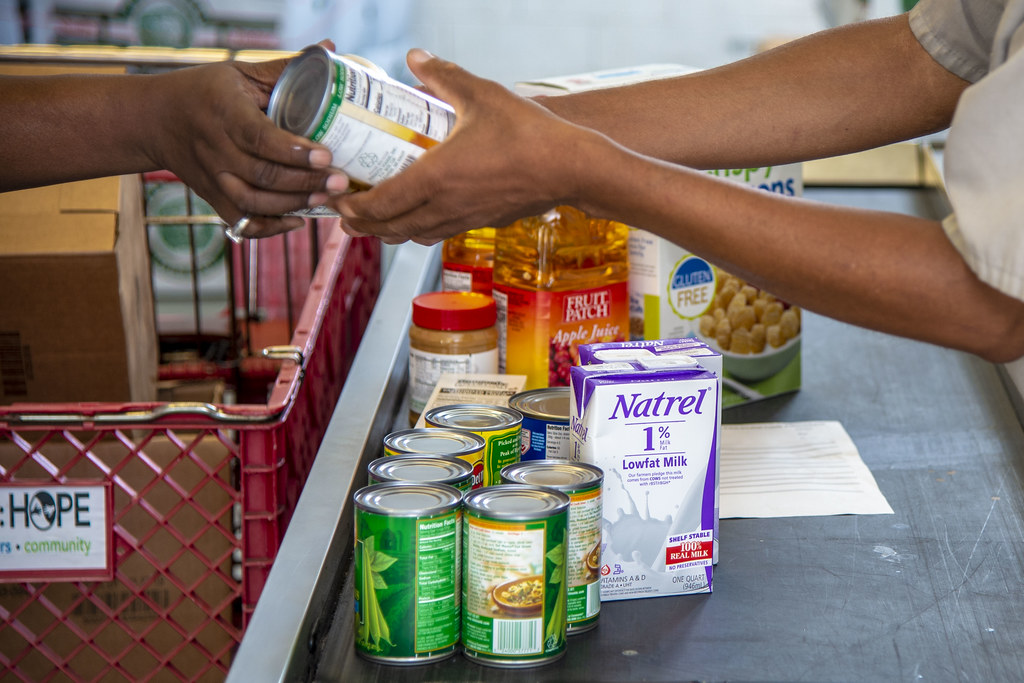1 IN 3 LOW-INCOME FAMILIES EXPERIENCE HYGIENE POVERTY

a hidden crisis
The struggle to afford housing and food is well documented and discussed; however, there is a hidden crisis of hygiene insecurity, also known as hygiene poverty. If people cannot buy enough groceries to feed themselves and other hungry family members, they are also unable to pay for daily care essentials.
Why?
Personal care products are expensive, taxed and not covered by SNAP, WIC or any federal benefits program. This means that families are making difficult choices and trade-offs that jeopardize health and well-being.
what does this mean?
With nonprofits addressing food insecurity seeing record visits, families are continuing to make trade-offs between food and hygiene. And putting their health and well-being in jeopardy. Additionally, the inability to afford essential care products further stresses, stigmatizes and isolates individuals and families from being fully present in our community. This crisis needs to be discussed, researched and supported with the same passion and commitment that food and shelter demand.



HYGIENE INSECURITY DATA
69% of families skip laundry or washing dishes when they can’t afford products
58% of households spend less on food to afford hygiene products – with nearly ¼ of these families doing so each month
50% of families worry about meeting hygiene needs and social stigma of their appearance and health
33% of families report bathing without soap due to affordability
32% of families report reusing diapers
To learn more, read Feeding America’s research study
“In Short Supply: American Families Struggle to Secure Everyday Essentials”
Research is very limited on hygiene insecurity in the United States; however, the Feeding America research study highlights the trade-offs, impacts and risks associated with those experiencing hygiene insecurity.
Local Data
Bridge to Basics is diving into the issue and talking with people in our community to better understand the prevalence, coping strategies and harms of hygiene insecurity. We will be sharing our research as we go along.

An August 2024 survey of Open Cupboard shoppers, one of the largest food shelves in Minnesota, echoed many of Feeding America findings and highlighted our own community’s hygiene crisis. Similar things were elevated across both surveys when it came to strategies to compensate for lack of these essentials (borrow, stretch, substitute, do without, food shelf shopping) with 53% of the Minnesota food shelf shoppers sharing that they cut back on food to afford hygiene items. Dig into the executive summary to learn more.

Neighbors Inc, a social service agency providing emergency and supportive services in the communities of northern Dakota County, conducted a hygiene needs survey across their food shelf shoppers. 40% of food shelf shoppers shared they struggle every month to afford hygiene items with only 12% sharing that they have all the products they need. Hygiene insecurity has also caused 21% of shoppers to miss school, work or activity in the past year, with 7% sharing absenteeism occurring each month. You can find more in the executive summary.

Friends in Need Food Shelf is a community-funded food shelf that serves the residents of Cottage Grove, St. Paul Park, Newport and Grey Cloud Island. For one month, the nonprofit shared a hygiene needs survey with their shoppers. One third of food shelf shoppers struggle every month to afford hygiene items with only 10% sharing that they have all the products they need. Support from food shelves, friends and family and buying less food to afford hygiene items are the most shared methods of securing these daily essentials. Learn more in the executive summary.



the hygiene bank
Bridge to Basics addresses the problem of hygiene insecurity by offering a hygiene bank stocked with the most requested hygiene products ranging from diapers to oral care items and laundry detergent. Founded with the belief that hygiene is a basic need, Bridge to Basics works through partnerships to make hygiene more accessible.
As the only Minnesota hygiene bank, we provide needed and requested personal hygiene products free of charge to a network of nonprofits to support their efforts. By providing these products at no cost, we save our partners time, money and resources and allow them to deliver more impact by staying mission-focused. Additionally, our partnerships offer neighbors the ability to thrive by ensuring their physical and emotional dignity through appropriate hygiene support.
Together, we create thriving communities.
Looking for help?
Use the following resources to find help in Minnesota.
FOOD SHELVES
The Food Group has a several programs to help stretch your food dollars, make fresh foods available in more urban and rural areas, and grow access to local organic produce. Learn more at thefoodgroupmn.org/groceries/. If you need food now, visit the link below for food access locations or call the Minnesota Food Helpline at 1-888-711-1151.
HYGIENE LOCATOR
If you are looking for hygiene products in your community, you can use the Simply the Basics Hygiene Locator. Access the map to find a hygiene bank or distribution center near you at simplythebasics.org/hygienelocator (make sure to search by “Find hygiene supplies.”)
REGISTER FOR MN STATE BENEFITS
MNbenefits is an online benefits application where Minnesotans can apply for severeal safety net benefits, including food and cash assistance. mnbenefits.mn.gov/
